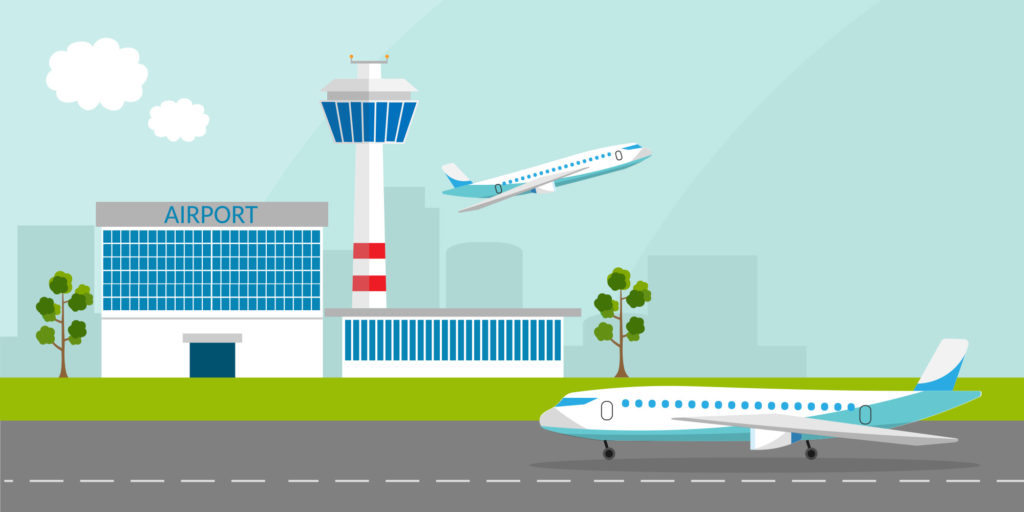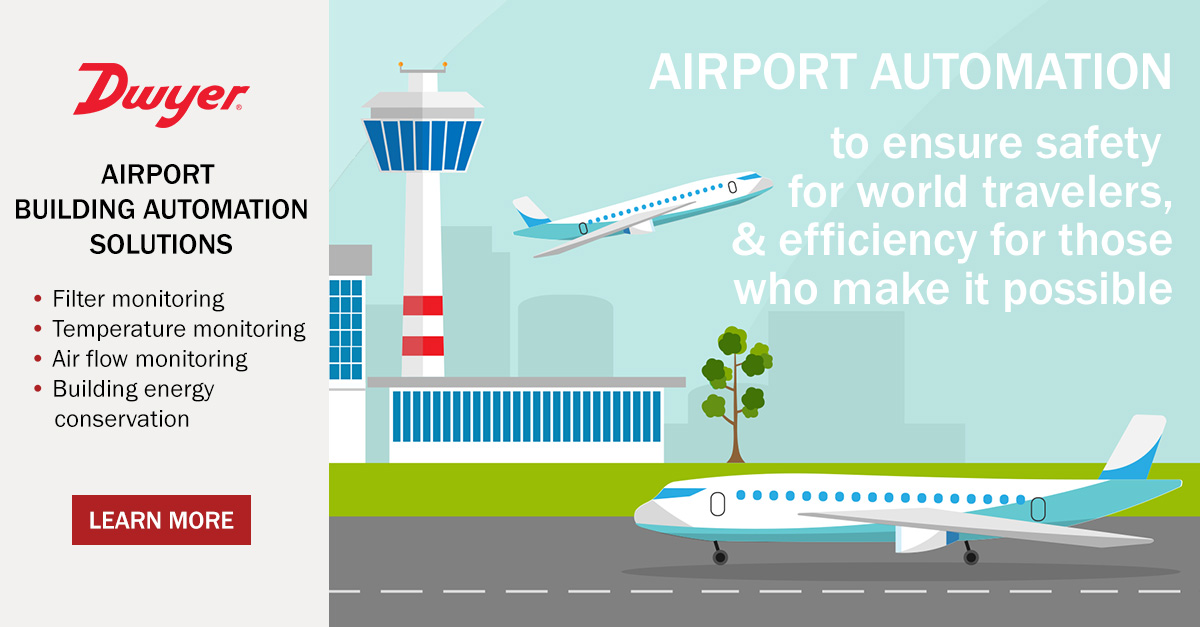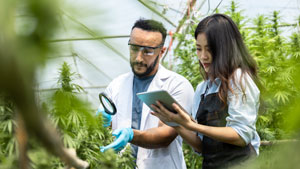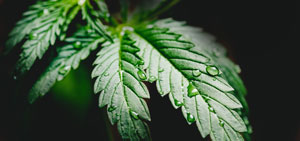Tapping your foot anxiously, you glance at your airline ticket and the terminal noted on it. The flight will be boarding in a few minutes. As you look around, there are several other people waiting for this flight; it seems the plane is fully booked. You close your eyes and breathe in deeply, calming your nerves. The air seems fresh, not stagnant, despite the large number of people around you. There are no empty seats in the area, so you carefully find a window to lean against as you watch the airplanes of other terminals and wait for your own.

Airports must provide a controlled environment for their visitors, while allowing scheduled maintenance within a building that is operational 24/7. Additionally, they must offer a high level of security for their passengers, all while simultaneously moving those travelers and their luggage rapidly through the building, in a finite amount of time.
Generally, airports are large complex buildings divided into numerous areas, with a number of smaller units located within them. Building automation systems (BAS) are used within airports to monitor and control sensors for things like filters, temperature, air flow, and building energy usage.
Airport automation, put simply, is needed to help ensure safety for world travelers and efficiency for those who make it possible. When an airport’s BAS is functioning properly, travelers can focus on the tasks at hand while everything runs in the background to keep them safe. Continue reading “Airports Use Dwyer Building Automation System Products”



 There’s a saying: “An ounce of prevention is worth a pound of cure,” and this is no different with your sensors and controls of the greenhouse/indoor farming equipment that you use and rely upon everyday. Similar to any controlled environment, it is vital to monitor and proactively interpret the pressure, temperature, relative humidity, carbon dioxide (CO2) supplementation, and irrigation of your growing space. Losing control of your environment can lead to cultivation headaches ranging from poor air flow to extreme temperatures; additionally, high humidity and low irrigation rates can lead to the spread of disease and viruses.
There’s a saying: “An ounce of prevention is worth a pound of cure,” and this is no different with your sensors and controls of the greenhouse/indoor farming equipment that you use and rely upon everyday. Similar to any controlled environment, it is vital to monitor and proactively interpret the pressure, temperature, relative humidity, carbon dioxide (CO2) supplementation, and irrigation of your growing space. Losing control of your environment can lead to cultivation headaches ranging from poor air flow to extreme temperatures; additionally, high humidity and low irrigation rates can lead to the spread of disease and viruses.